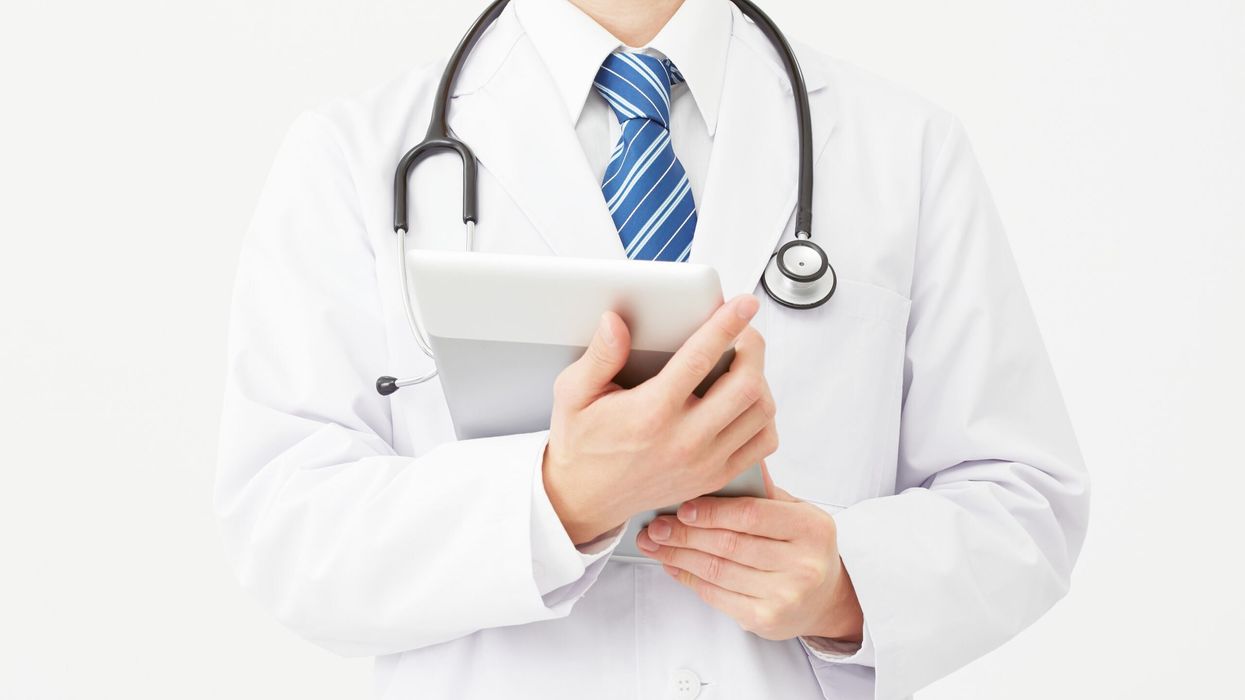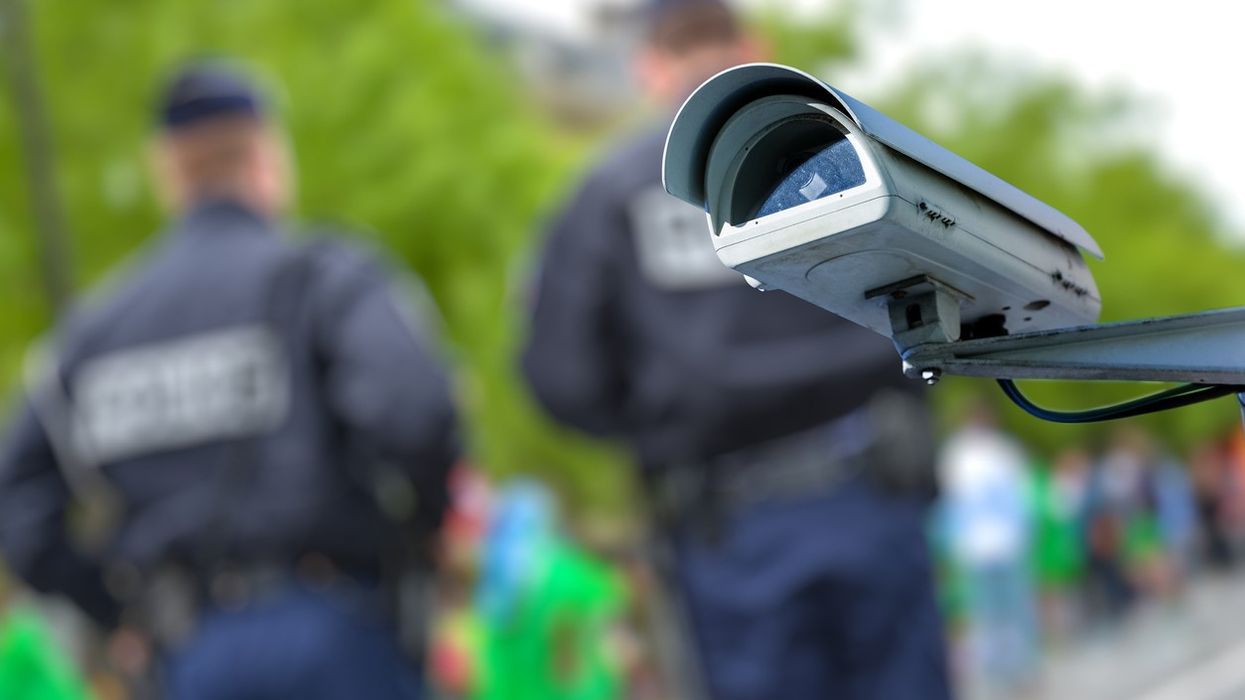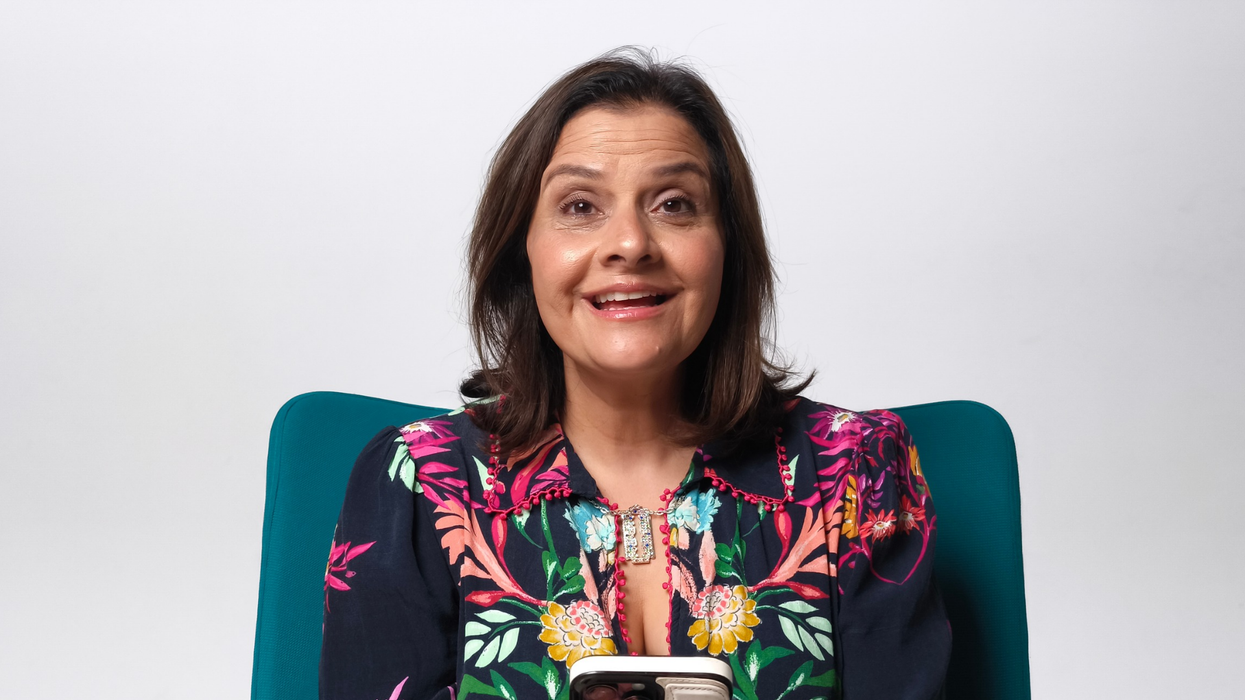A new strain of Covid-19, named NB.1.8.1, has been identified in the UK and several other countries, more than five years after the initial outbreak of the virus. While the variant does not appear to cause more severe illness, it has raised concern due to its increased transmissibility.
Where has NB.1.8.1 been detected?
The variant NB.1.8.1 has been confirmed in parts of the UK, including Northern Ireland and Wales. Globally, cases have also been reported in the United States, Australia, Thailand, and across China and Hong Kong, where it is currently the dominant strain.
According to the World Health Organization (WHO), NB.1.8.1 now accounts for over 10 per cent of all Covid-19 cases worldwide. The WHO has classified it as a “variant under monitoring”, meaning it is being closely observed but is not currently listed as a variant of concern.
How is NB.1.8.1 spreading?
Experts believe NB.1.8.1 has a growth advantage compared to previous strains, which may explain its increasing presence in different countries. It appears to infect cells more efficiently than earlier variants, potentially making it more transmissible.
A WHO spokesperson explained that the variant dynamics have shifted significantly in recent months. At the beginning of 2025, the most prevalent variant globally was XEC, followed by KP.3.1.1. However, XEC’s circulation began to decline in February while another strain, LP.8.1, became more common in March. Since mid-April, the presence of LP.8.1 has slightly decreased, with NB.1.8.1 emerging as one of the most detected variants.
What are the symptoms of NB.1.8.1?
The symptoms of NB.1.8.1 are broadly in line with previous Omicron subvariants. These include:
- Fatigue
- Fever
- Muscle aches
- Sore throat
Some cases have also reported gastrointestinal issues such as diarrhoea, nausea, and constipation, which are less commonly associated with Covid-19 but have been observed in certain Omicron infections.
Despite its increased transmissibility, there is no evidence that NB.1.8.1 causes more severe illness than earlier strains. “Data indicates that NB.1.8.1 does not lead to more severe illness compared to previous variants,” said Professor Subhash Verma, a microbiologist at the University of Nevada, speaking to CBS News.
Are Covid vaccines effective against this variant?

Existing Covid-19 vaccines are expected to remain effective in protecting against serious illness from NB.1.8.1. Health authorities continue to recommend vaccination as the most effective way to prevent severe outcomes from Covid-19, including hospitalisation and death.
Monitoring and challenges
The actual number of cases may be underreported due to a decline in routine testing. As fewer people are tested for Covid-19, public health experts caution that official figures may not accurately reflect the spread of the virus.
Nonetheless, global health agencies are continuing to monitor NB.1.8.1 and other emerging variants to assess any potential impact on public health measures, treatment, and vaccine efficacy.














